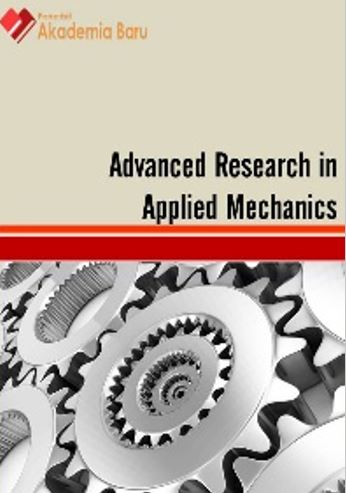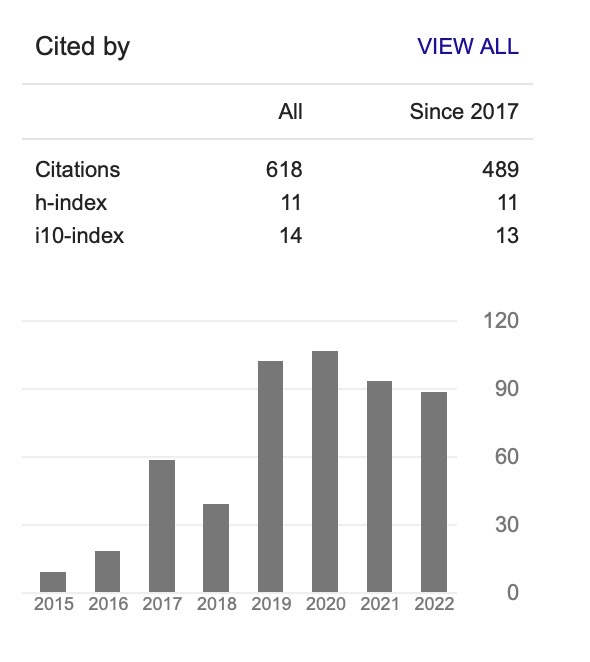Polyimide-based Carbon Membrane: Effect of Coating Times on Helium Separations
DOI:
https://doi.org/10.37934/aram.64.1.16Keywords:
carbon membrane, dip-coating times, BTDA-TDI/MDI(P-84) polyimide, helium separationAbstract
In this study, fabrication of tubular carbon membrane prepared from BTDA-TDI/MDI (P-84) polyimide are investigated. Carbon membrane can be observed as the forthcoming of the separation media in gas separation process due to its tremendous gas separation performance, ease process ability, and conservative energy requirement as compared to conventional separation. The consequences of the dip-coating methods to produce high performance tubular carbon membrane by manipulating the coating times (15, 30, 45, and 60 minutes) which have been identified as an influence on the outcome of dip-coating method. Based on above-mentioned studies, we formulated the hypothesis that tubular carbon membrane performance can be controlled by manipulating the carbonization conditions which was conducted with a heating rate of 3°C/min, a final temperature of 800°C and stabilization time of 300°C. Pure gas permeation tests were performed by single gas permeation test at room temperature and at 8 bars. Helium (He), and Nitrogen (N2) gas are used to investigate the transport mechanism in the carbon membrane separation process. From this study, the highest selectivities of 305.86±2.21 for He/N2; He permeance of 984.92±1.65 GPU were achieved by applying 45 minutes coating times.








